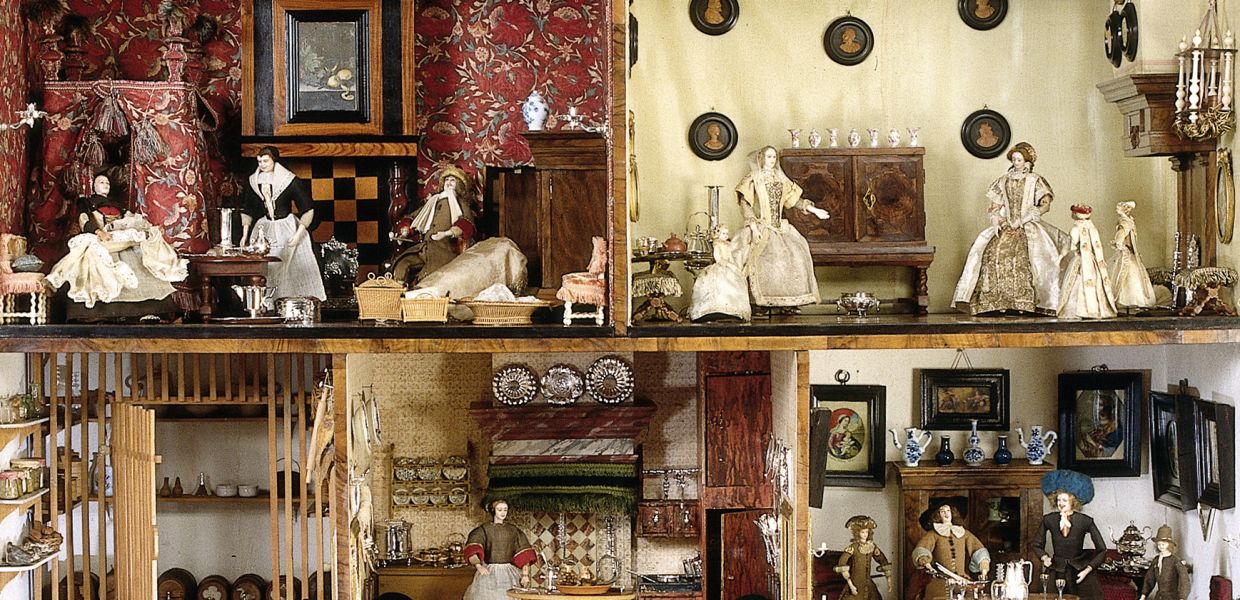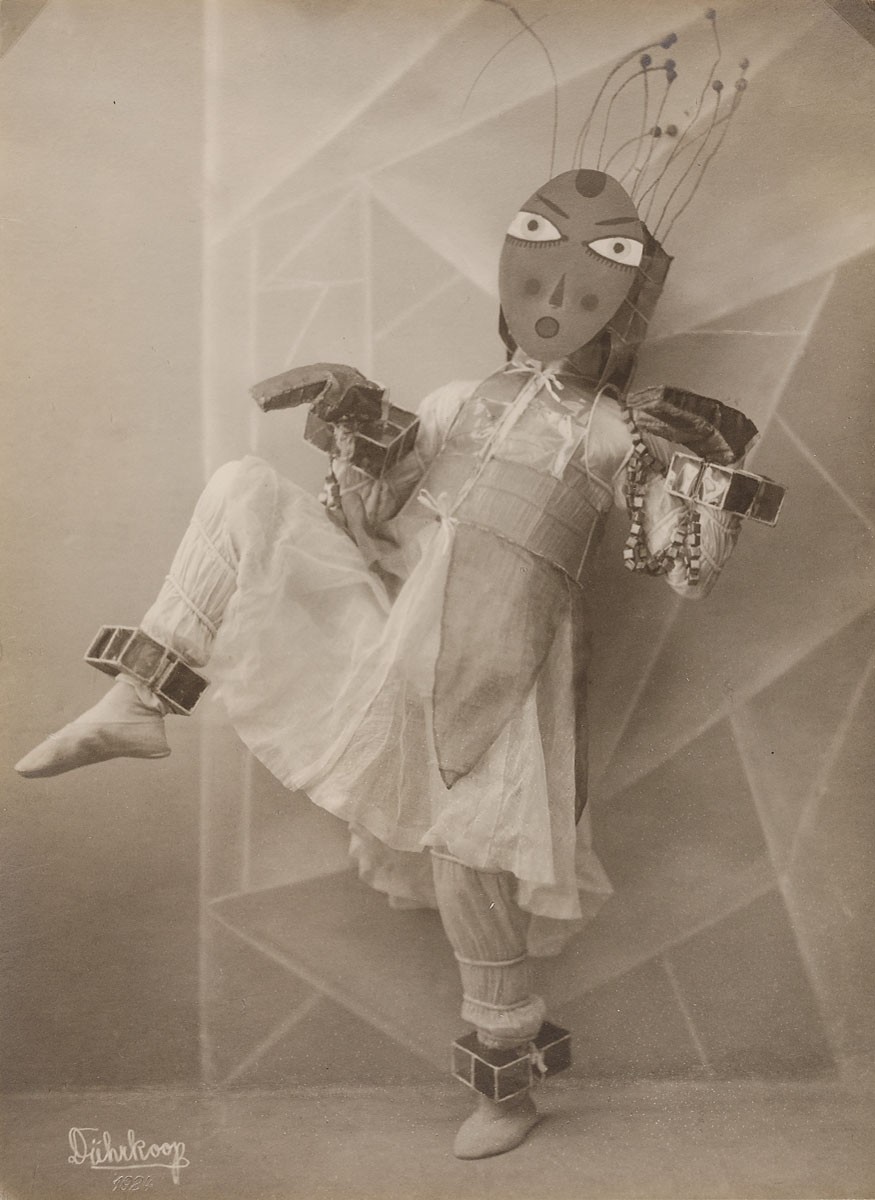#MakeItFestive: Toys

- Title:
- Dollhouse of Petronella Dunois, Anoniem.
- Date:
- 1676
- Institution:
- Rijksmuseum
- Copyright:
- Public Domain
This is the second blog in a series dedicated to end-of-the-year festivities and highlighting Europeana content that can inspire creative reuse by makers.
A time of wonder and love, the holiday season inspires fantasy and imagination for all age groups. From late November to mid-January, the world celebrates Christmas, Hanukkah, New Year and much more. Traditionally, most festivities are accompanied by gift-giving, making it a children’s favourite!
In this blog post, we will feature high-quality children’s toys and crafts. We hope that the toys of the past can motivate makers to create with Europeana’s openly licensed content!
Playtime
Playing with toys is a fun way of introducing young children to social traditions and household routines. In our Pinterest board, you will discover a free to reuse selection of dollhouses and meticulously designed miniature furniture, accessories and other types of vintage toys.
Take a look at the 17th-century dollhouse below. Made for Petronella Dunois (1650–1695), a wealthy orphan who lived with her sister in Amsterdam, this dollhouse contains a peat loft, a linen room, a nursery, a lying-in room, a reception room, a cellar, a kitchen and a dining room.
.jpeg)
Dollhouse of Petronella Dunois, Anoniem. 1676. Rijksmuseum. Public Domain.
How about learning-by-playing with printable crafts for children? Enjoy some paper cutting art and craft ideas for kids with house cut-outs available on Europeana. Below you will find an early 20th century cut out with a doll and four costumes (including a bike). We really like the choice of remixing and playing with cultural heritage that this represents for children!

Plano met aankleedpopjes, voor en achterkant, Imagerie Pellerin. 1900. Deventer Musea. CC BY-SA.
Masks are also great to bring into playtime. In 1924, German dancers created Expressionist costumes that are reminiscent of retro robots and Bauhaus knights. Although these masks were originally avant-guard, they would make a great costume - some replicas could be easily made from scrap material and left-over boxes.

Tanzmaske "Insektentänzer"; von Lavinia Schulz | Diez-Dührkoop, Minya. 1924. Museum Für Kunst Und Gewerbe Hamburg. CC0
Another toy with a long history is the spinning top. Designed to spin rapidly on the ground, these toys were usually made of wood. Check out the beautiful colors of the wooden spinning top below, originating from Calcutta, India, from the late 19th century.

Snurra, leksak, toy. 19th century. Etnografiska Museet. CC BY.
We want to learn from makers and promote case studies of how they are reusing our content. If you #MakeWithEuropeana, take advantage of the promotional support we can offer and get in touch! Email us, subscribe to Europeana Labs newsletter or tweet to us using @EuropeanaLabs and the hashtags #MakeWithEuropeana and #EuropeanaInspires.
